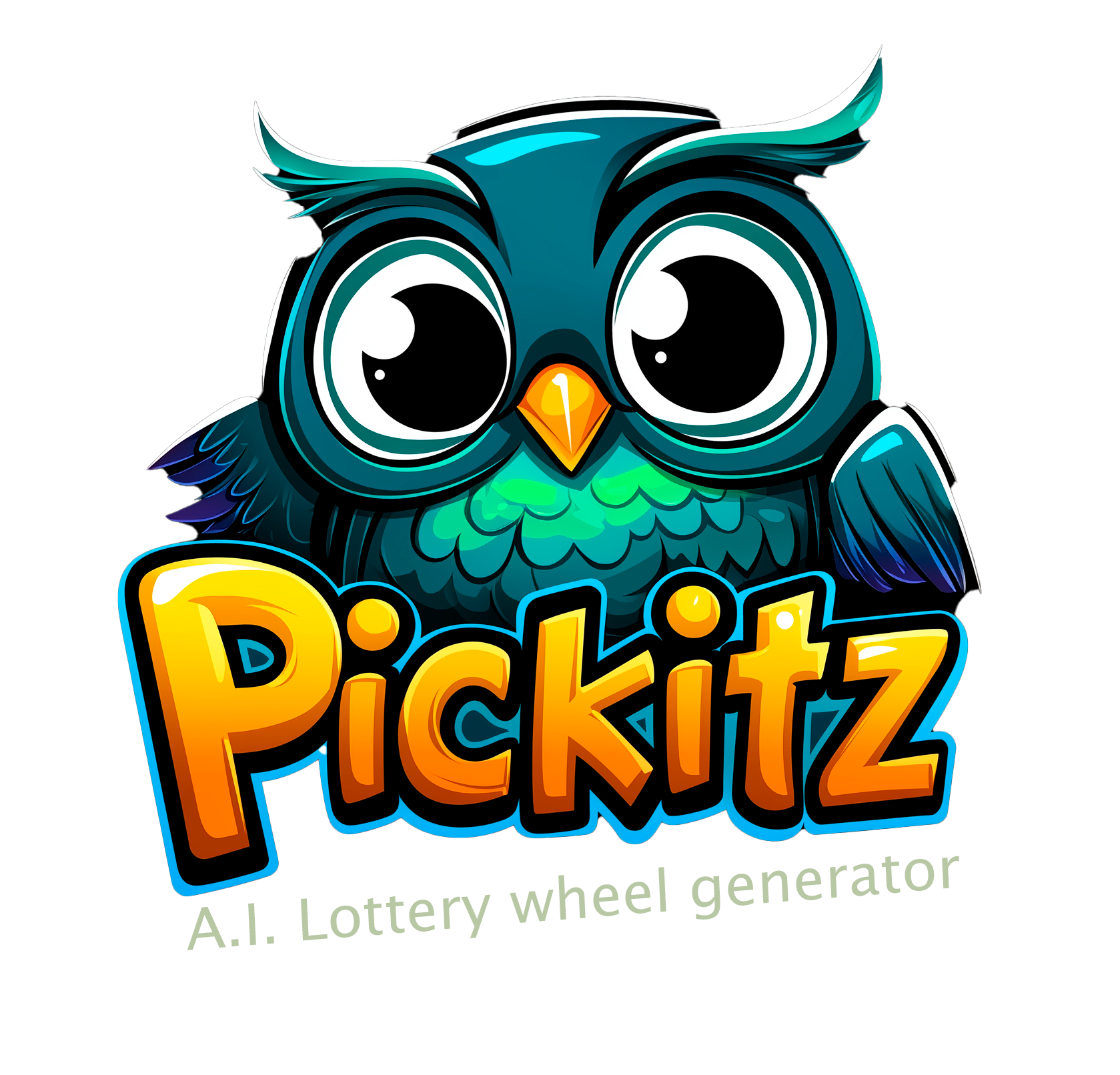
AI-Powered Responsible Play: Predictive Analytics That Protect Players
Problem Gambling Meets Machine Learning
State lotteries now stream billions of player-card transactions into models that flag risk patterns long before self-exclusion requests arrive. A 2025 study found gradient-boosting classifiers could identify at-risk lottery loyalty-card members with 83% precision.
How the Models Work
- Data ingestion: ticket price, game type, purchase cadence, failed deposit attempts
- Feature engineering: session entropy, nighttime play ratio, deviation from personal spend baseline
- Risk score: real-time percentile updated every ticket scan; thresholds trigger nudges
World Lottery Association pilots show that tailor-made "cool-off" pop-ups lowered session spend by 12% without hurting overall revenue.
Early Evidence of Impact
ICRG-funded research suggests dynamic limit-setting combined with personalized messages cuts high-risk behavior by 21% compared with static deposit caps. This represents a significant advancement in harm prevention technology.
Ethical Concerns
A Business Insider exposé warned the same data can also drive hyper-personalized promos that push vulnerable players deeper into loss chasing. The dual-use nature of player analytics raises important ethical questions about data usage.
Regulatory Moves
Michigan amended its Compulsive Gaming Prevention Act in 2024 to channel lottery and iGaming fees into AI-augmented harm-prevention funds. WLA's RG3 recertification now requires lotteries to publish "explainability" reports on any predictive model used for interventions.
Implementation Checklist for Operators
| Pillar | Action |
| Data privacy | Hash PII on ingestion; limit feature set to gameplay signals |
| Model audits | Annual bias & drift review by independent data-ethics board |
| User control | In-app dashboard to view risk score and set personal limits |
| Human override | Escalate high-risk flags to trained counselors within 24h |
Future Directions
Expect VR headsets that dim the display when biometric stress signs appear, and LLM-generated cognitive-behavioral prompts that adapt tone to user sentiment. Research on "digital phenotyping" could soon merge wearables data with ticket logs for an even earlier warning net.
Bottom Line
AI can be the industry's most powerful shield—or its sharpest double-edged sword. Lotteries that treat predictive analytics as a safety engine first, marketing tool second, will safeguard both players and their own social license to operate.
- 83% precision in identifying at-risk players
- 21% reduction in high-risk behavior with personalized interventions
- 12% reduction in session spending with targeted cooling-off prompts
- Regulatory frameworks evolving to require transparency in AI models
